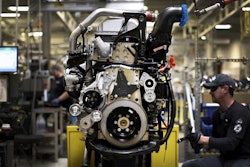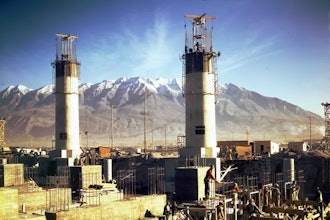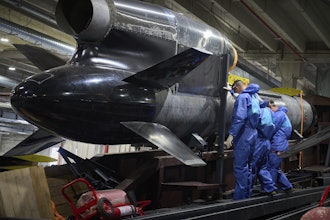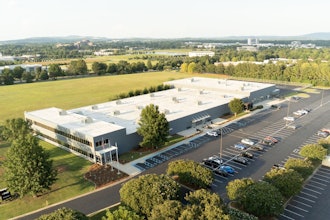Process manufacturers are under constant pressure to meet compliance, lower costs and maximize efficiency. All too often manufacturers, unfortunately, lack the tools needed to deliver on these goals, struggling to guess at the inefficiencies in what is typically a paper-driven and error-prone manual process.
In manufacturing, enterprise resource planning (ERP) and manufacturing execution systems (MES) serve both unique and complimentary needs. While ERP creates the order and accounts for associated costs, an integrated MES is the handoff point for executing the order. Producing and interacting with real time manufacturing data is critical to making production adjustments and eliminate any reason for inefficiency.
Fix the communication breakdown
Being in control of the cost of production and operating under the lowest-cost conditions enables you to make agile decisions about your product mix, new product innovations and continuous improvement programs. It’s worth pursuing every bit of efficiency you can gain on the production line. Choosing to transform a paper-based system into an integrated MES on the factory floor combined with your wider ERP application takes advantage of your existing IT infrastructure and links control between the two solutions.,
Integration: Combine your solutions, find the breakage and gain control
Gaining full control of your production line helps increase efficiency and reduces yield loss. A salad dressing manufacturer, for example, may think their line is running efficiently. Although their rate and utilization calculations are running at what is deemed an effective rate and their yield appears high, several of the salad dressing bottles are cracked by the end of the production line and they can’t figure out why. Rather than immediately assuming they need to repackage their dressing with a different type of bottle, they can track true OEE (overall equipment effectiveness) and reasons for breakage within their MES. As these tests are linked through MES and ERP, the salad dressing manufacturer will find that instead, a simple adjustment in the rate of their production line can improve efficiency and stop the breakage. They just gained control over their yield, confirming the most output per shift with minimum rejects.
Let’s say as a food manufacturer, you make a particular type of sauce. This sauce goes down the line and gets packaged in glass jars. The sealed glass jars are shipped to the store. After several shipments, you find out that customers are finding imperfections on the glass jars that were not detected when they were empty. A recall is initiated and with your ERP you trace your product back to the factory line to pinpoint the problem and start your sauce creation from scratch. What if you were able to detect the glass imperfections before your product ever went out?, Having quality checks defined to view and sign off on the appearance of the bottled sauce could have prevented this problem.
Integrating an MES application to use with your ERP gives you the control to identify the causes and eliminate the problems and bottlenecks before it’s too late. MES and ERP integration minimizes errors paper-based solutions may not catch and allows you the capability to ensure quality product is going out the door.
Compliance as a process
Meeting compliance in the food manufacturing industry is about two things in particular — control (as previously mentioned) and response. It is found that the more process-oriented and integrated the manufacturing process, the more likely food manufacturers have a complete vision, with all components of an integrated solution (MES and ERP) seamlessly communicating and sharing data in real time. This certainly comes as no surprise to those faced with the possibility of a recall or compliance reporting that demonstrates full control over an end-to-end process. Introducing additional components to a solution and integrating the process adds significantly to this effort.
Conclusion: Get more from a connected solution
Integrating MES and ERP into one seamlessly integrated solution simplifies a crucial set of communication points in the production process. By eliminating manual processes and increasing data sharing, you can be assured that you have the control and data needed to streamline inventory management, maximize efficiency and meet compliance regulations.
About Jack Payne
Jack Payne is the Vice President of Solution Consulting for Process Manufacturing at Aptean. With over 22 years of experience in the ERP industry, Jack is a noted expert in food safety, traceability technology and the role of technology to effectively automate the food recall process. He can be reached via email at [email protected].





















